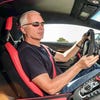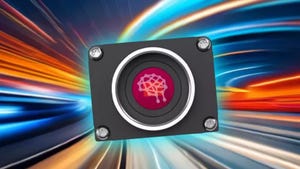Tech Tidbit: What is Lidar?
Laser sensors are getting small enough and cheap enough for ubiquitous deployment.

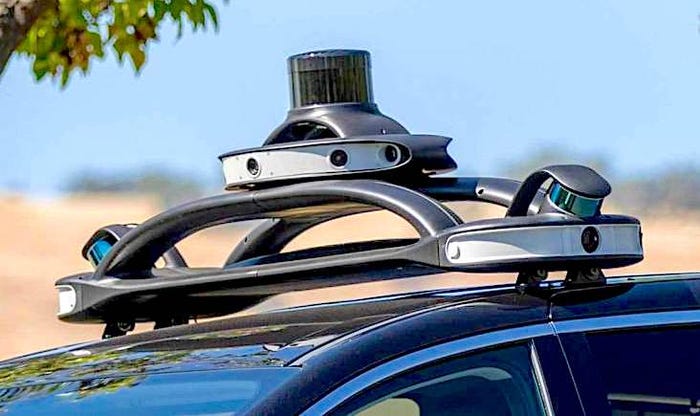
A Velodyne VLS-128 lidar array atop a Chrysler Pacifica autonomous vehicle prototype. Image source: Velodyne
Lidar is an acronym for Laser Imaging, Detection And Ranging, as a light-based analog to radar, which you’ll recall stands for RAdio Distancing And Ranging. It uses a reflected laser beam rather than microwaves to locate objects in space and determine their distance, speed and direction.
Lidar is becoming a ubiquitous sensor, used by autonomous vehicles to see surrounding traffic, geographers and archeologists to map the ground and even smartphones and tablets to provide vision for augmented reality apps.
Longtime lidar supplier Velodyne explains that a lidar device’s laser pulses millions of times per second, operating in the 905 nanometer and 1550 nm wavelengths. Each of those has its own pros and cons, so the wavelength is selected to suit the application.
Commercial lidar products comply with the U.S. Food & Drug Administration eye-safety performance standard which conforms with the International Electrotechnical Commission 60825 standard. The 905 nm lidars operate at harmless, Laser Institute of America Class 1 power levels. Combined with the brief duration of the laser flash, such lidars are inherently safe to vision.
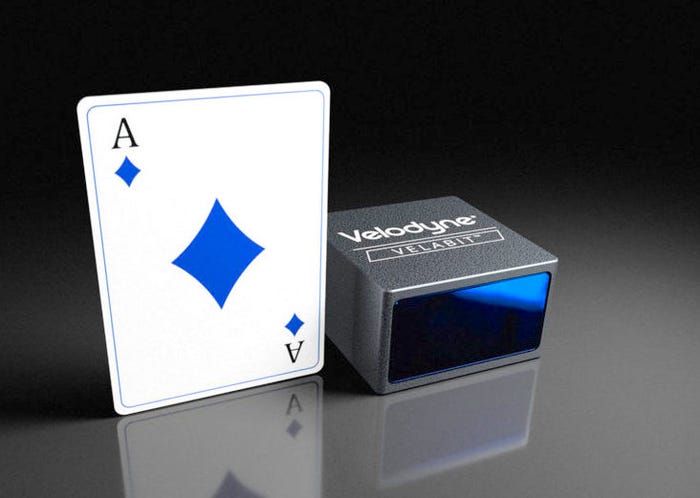
Velodyne's compact Velobit lidar costs only $100. Image source: Velodyne
The 1550 nm lidar systems are allowed more power and have the potential under certain circumstances to pose a risk to the lens of peoples’ eyes. The higher power offsets the greater absorption of the laser beam by moisture in the air for 1550 nm light.
An academic paper published by Warsaw, Poland’s Military University of Technology in the Opto-Electronics Review found that water absorption of 1550 nm of light is two orders of magnitude higher than that of 905 nm lighter. Lidar devices employing 1550 nm therefore consume more power than 905 nm to drive a stronger laser light.
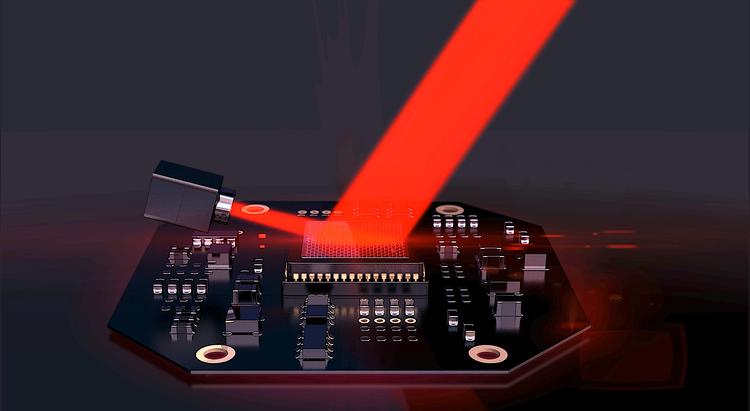
Lumotive's beam-steering solid-state lidar. Image source: Lumotive
Velodyn also points to the fact that 905 nm lidar employs low-cost CMOS semiconductor technology, while 1550 nm devices require costlier custom parts from more expensive materials such as Indium phosphide. Velodyne’s spinning lidar sensors festooning prototype autonomous vehicles became synonymous with the technology, though their $75,000 price tag made them prohibitively expensive for mass production.
Solid-state devices offer a path toward affordability. Some of these are microelectromechanical systems (MEMS), which use a tiny mirror to steer the laser beam in different directions. Phased array devices, like the Lumotive X20 scheduled for production this fall, steer the signal by changing its phase.
Flash lidar snaps a picture of the entire scene at once, rather than scanning. But the grid layout of its sensor has such tiny pixels that signal strength suffers.
The development of commoditized solid-state lidars is driving new applications, such as their use on smart phones and tablets like the Apple iPad Pro and iPhone 12. The addition of a laser sensor to the devices’ camera arrays gives them improved accuracy for scanning their surroundings for measuring apps and for augmented reality.
Dan Carney is a Design News senior editor, covering automotive technology, engineering and design, especially emerging electric vehicle and autonomous technologies.
About the Author(s)
You May Also Like
